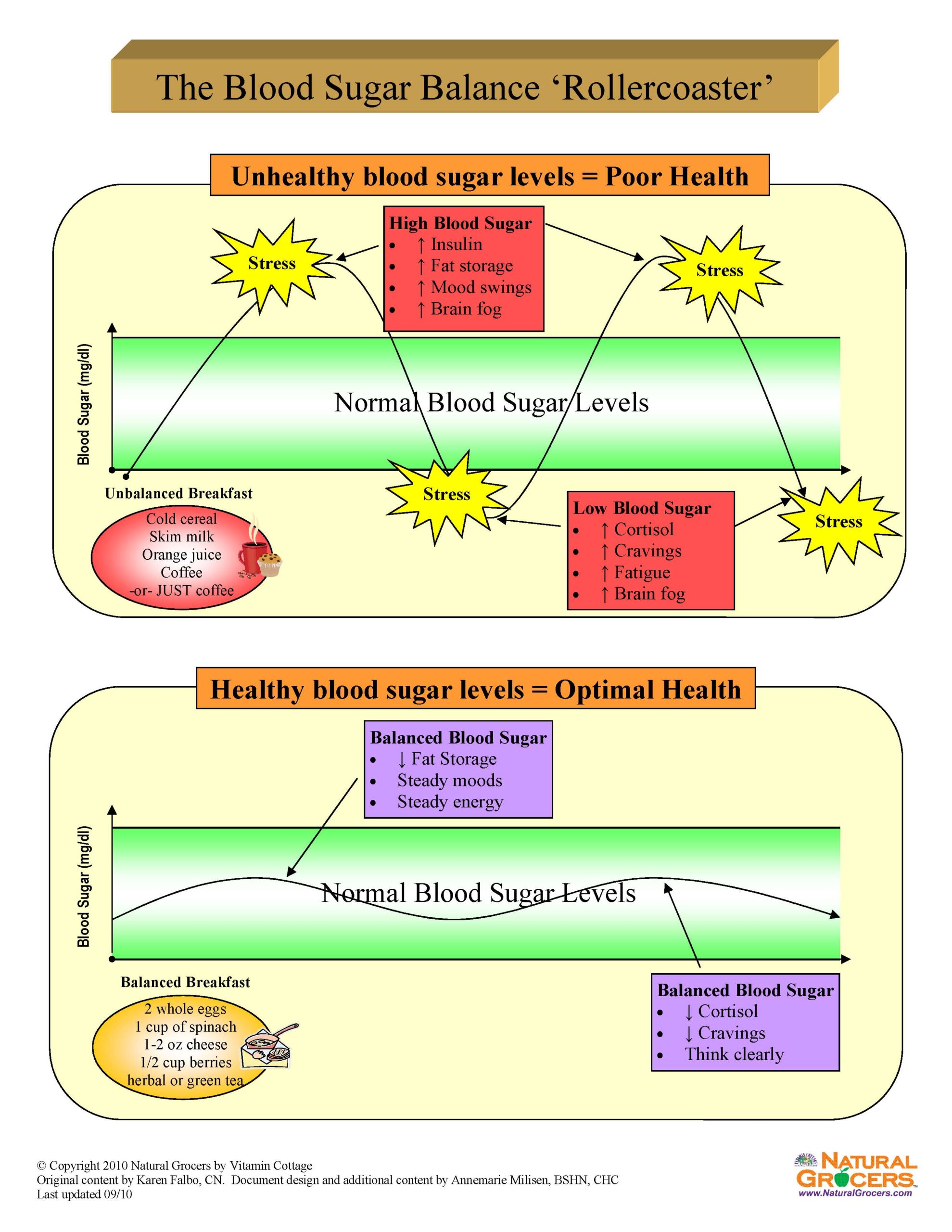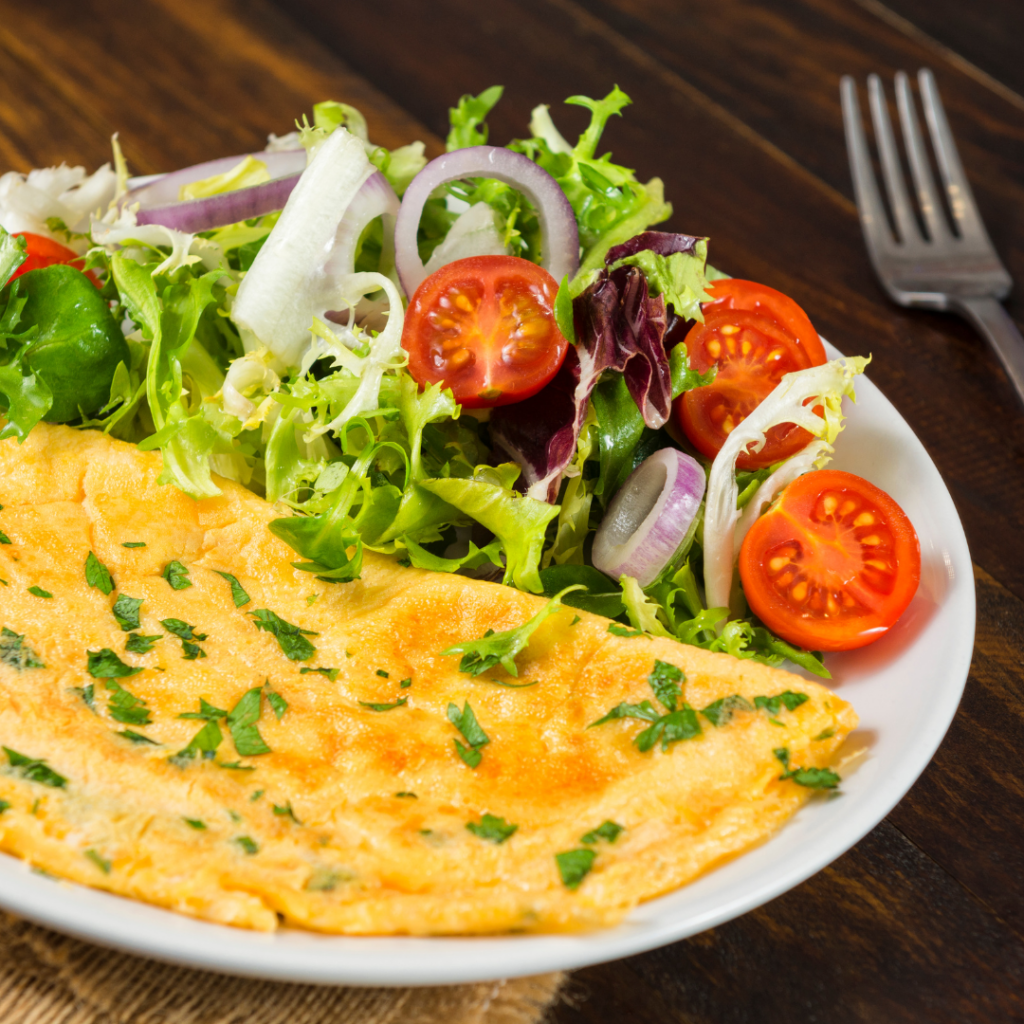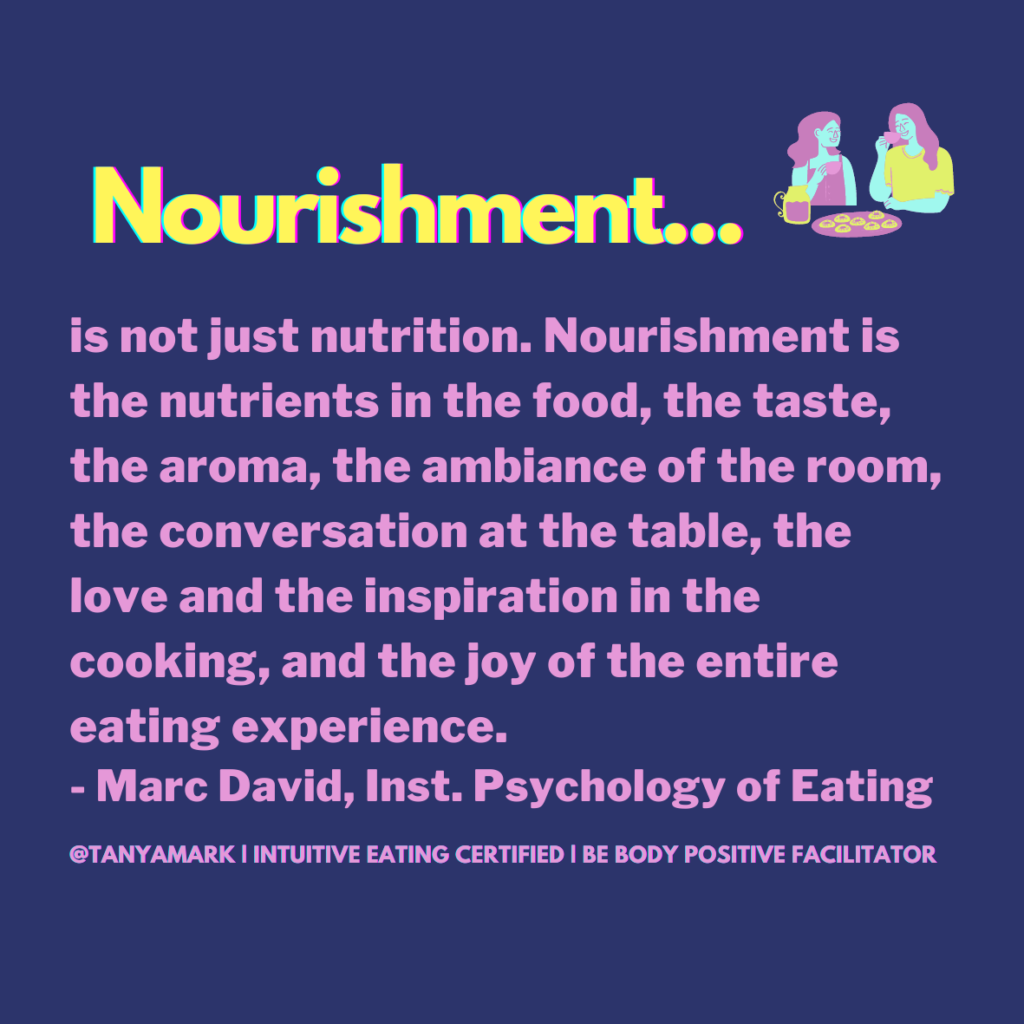Having unbalanced blood sugar can lead to poor health because —- it’s so dang stressful on the body.
When you’re, day-in-day-out, eating meals that are “unbalanced” – this causes high blood sugar which eventually crashes, known as low blood sugar, and leads your body to try and boost it back up as quickly as it can.
And guess what foods your body craves?
Sugars and simple carbohydrates because they boost energy levels up quickly.
The great news is that you can get off the “blood sugar roller coaster” and boost your metabolism and energy levels, beat cravings and banish those bad moods.
Beat Blood Sugar Crashes in three easy steps
Blood sugar (glucose) is the fuel for every single cell in your body. Eating balanced meals at regular intervals throughout the day is the most important thing we can do to keep our fuel supply stable. In order to know how to balance a meal, it is necessary to understand how different foods burn. I like to use a simple campfire analogy to explain this concept. Food burns a lot like a nice campfire.
Quality FATS…
are like the big log in the fire that burns for a long time. Fats are slow-burning fuels that help to stabilize blood sugar and allow you to go between meals without feeling so hungry. Fats also send a signal to your brain to tell you when you’re satisfied, so you know when to stop eating. This explains why people on low-fat diets are so hungry all the time. Eating fats at every meal helps to control your appetite. Good fats should be included with every meal.
Quality PROTEIN…
is like the teepee, which provides the support and structure for the campfire. Protein is the building block for every single cell in the body. It’s what the body uses to heal and repair. Protein also supplies the body with amino acids, which help to stabilize blood sugar and reduce cravings for carbohydrates.
Quality CARBOHYDRATES…
are quick burning fuels, which are like the kindling in the campfire. Carbohydrates that are high in fiber like fruits, vegetables and whole grains burn a little slower, like little twigs. Carbohydrates like white bread, sugared cereals, candy, cakes, cookies, crackers, pasta, and bagels burn up more quickly, like leaves and paper.
What would happen if you threw a bunch of twigs, leaves, and paper in a pile and lit them on fire? You’d get a huge blaze and then it would burn out quickly. The same thing happens when you eat a meal of nothing but carbohydrates, even the quality natural ones like fruits, vegetables and whole grains.
To keep your blood sugar stable, build a campfire at each meal.
- Start with your protein “teepee.”
- Add some carbohydrate (fiber) “kindling.”
- And include your fat “log” to keep your fire burning long and strong!
Here are four examples to get your started:
- Breakfast: Steel cut oats with raw almonds, chia, flax and hemp seeds (to boost protein and fat) with berries and cinnamon.
- Lunch: Grilled chicken sandwich (protein) on whole grain bread or mixed greens + veggies (carbohydrates) + avocado (fat).
- Dinner: Salmon (protein), baked sweet potato + steamed broccoli (carbohydrates) topped with butter (fat).
- Snack: Raw nuts with Apple (protein and fat in nuts, apple for carbohydrate).
Of course, it’s important to remember, there’s no need for perfection as healthy eating isn’t perfect eating. Instead ask yourself – am I building balanced meals for the most part? If so, I bet you’ll notice feeling like your energy lasts throughout the day!
If you need help creating campfires out of your favorite meals and snacks, reach out. I’d love to hear from you.
To your happiness and health,
- Tanya







